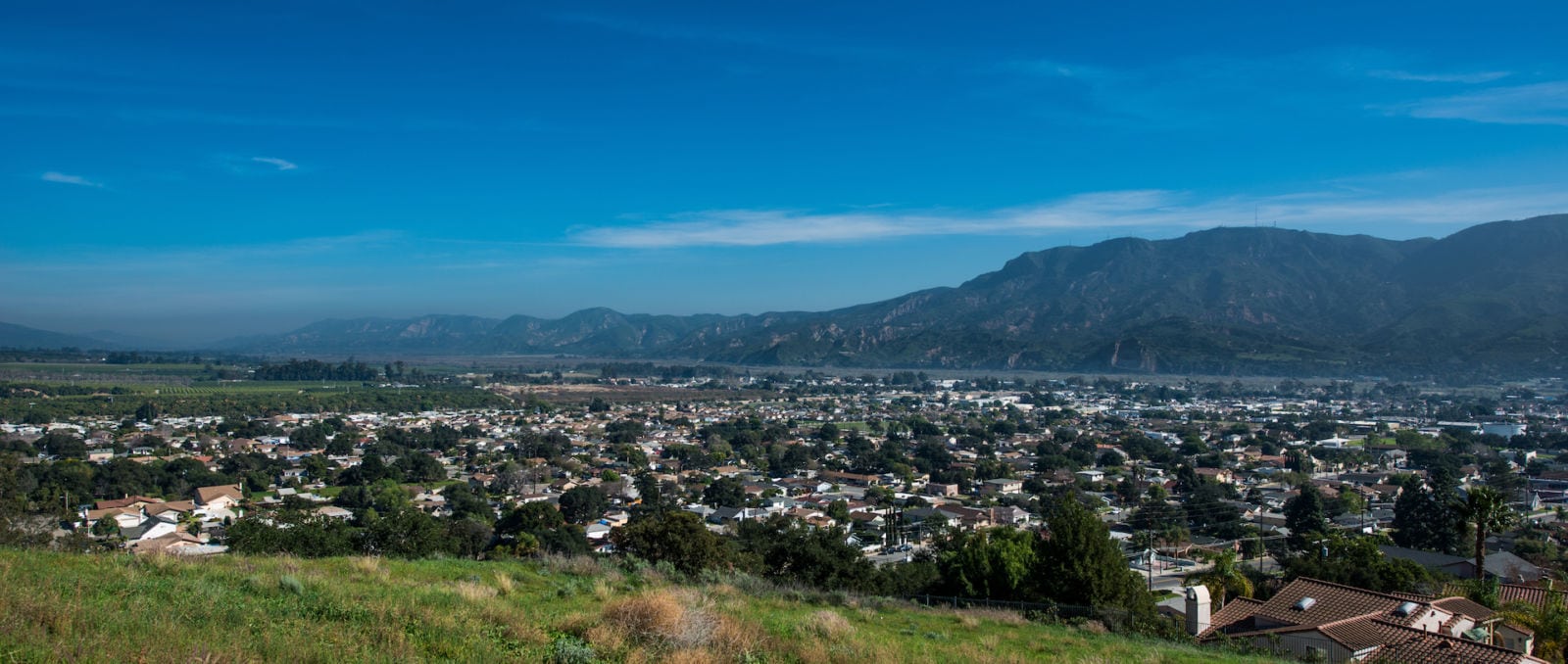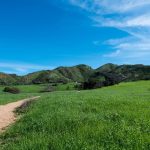A Tale of Two Cities’ Growth Boundaries

It was the smallest of changes, it was the largest of changes. One was easy to decide, the other difficult and years in the making. And so it was that the Commission that determines urban boundaries (LAFCo), voted at its February meeting to reduce Fillmore’s growth boundary by 0.46 acres, and reduce Santa Paula’s by 7,586 acres.
The Fillmore change was minor and received approval quickly with little comment. The Santa Paula change, which reined in the city from sprawling out into far-off Adams Canyon and Fagan Canyon, was the end of a long drawn out saga with enough twists and turns to keep everyone in suspense.
The Santa Paula City Council supported the major expansion into both canyons, though they had to rescind their vote to develop Fagan Canyon when city voters did a referendum. LAFCo (the Local Agency Formation Commission) twice changed its position on the expansion into the two canyons which, if allowed, would triple the size of the city. Santa Paula voters also changed their stance, twice voting to deny development in Adams Canyon, and then later voted to approve it.
In its decision in February to remove both Adams and Fagan Canyons from the city’s growth boundary, LAFCo Commissioners pointed out that neither canyon was part of Santa Paula’s General Plan, a requirement of State law. As such, the proposals to develop the canyons lacked plans for roads, sewers, fire protection, water and other necessary public services.
Epilogue: While the LAFCo vote brought an end to this chapter in Santa Paula’s effort to develop Adams and Fagan Canyons, it is important to note that smaller expansions to its growth boundary have been approved. Most notably, Limoneira’s Harvest development that includes 1,500 homes, received only thumbs up by the City Council, LAFCo, and 83% of City voters, and did so while properly following the legal requirements to first be included in the City’s General Plan.



